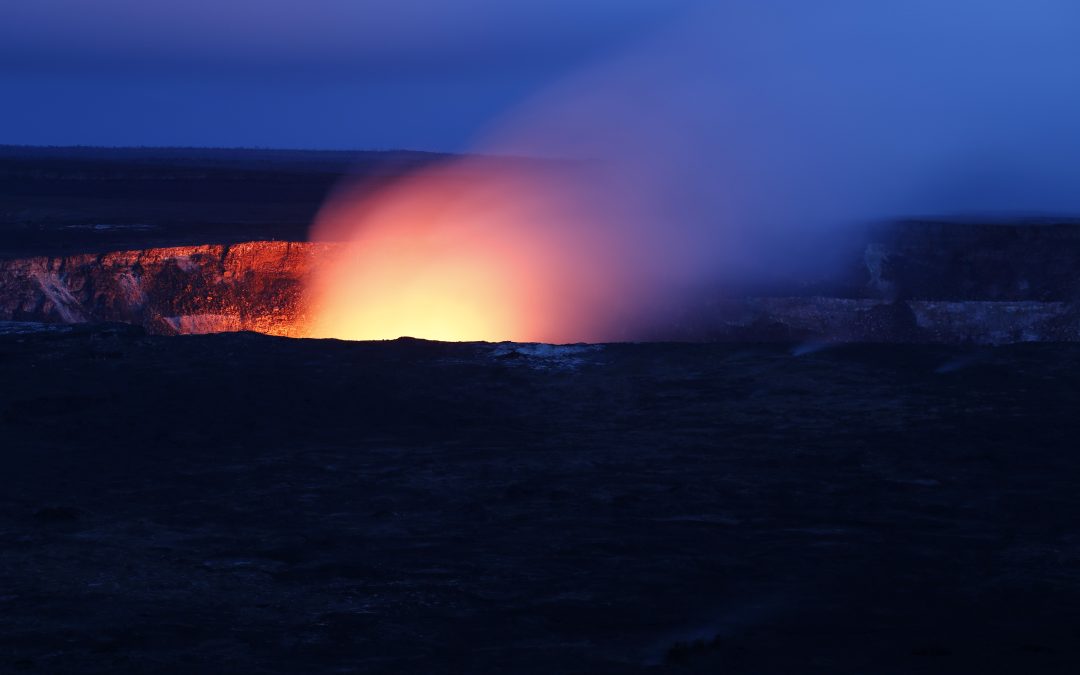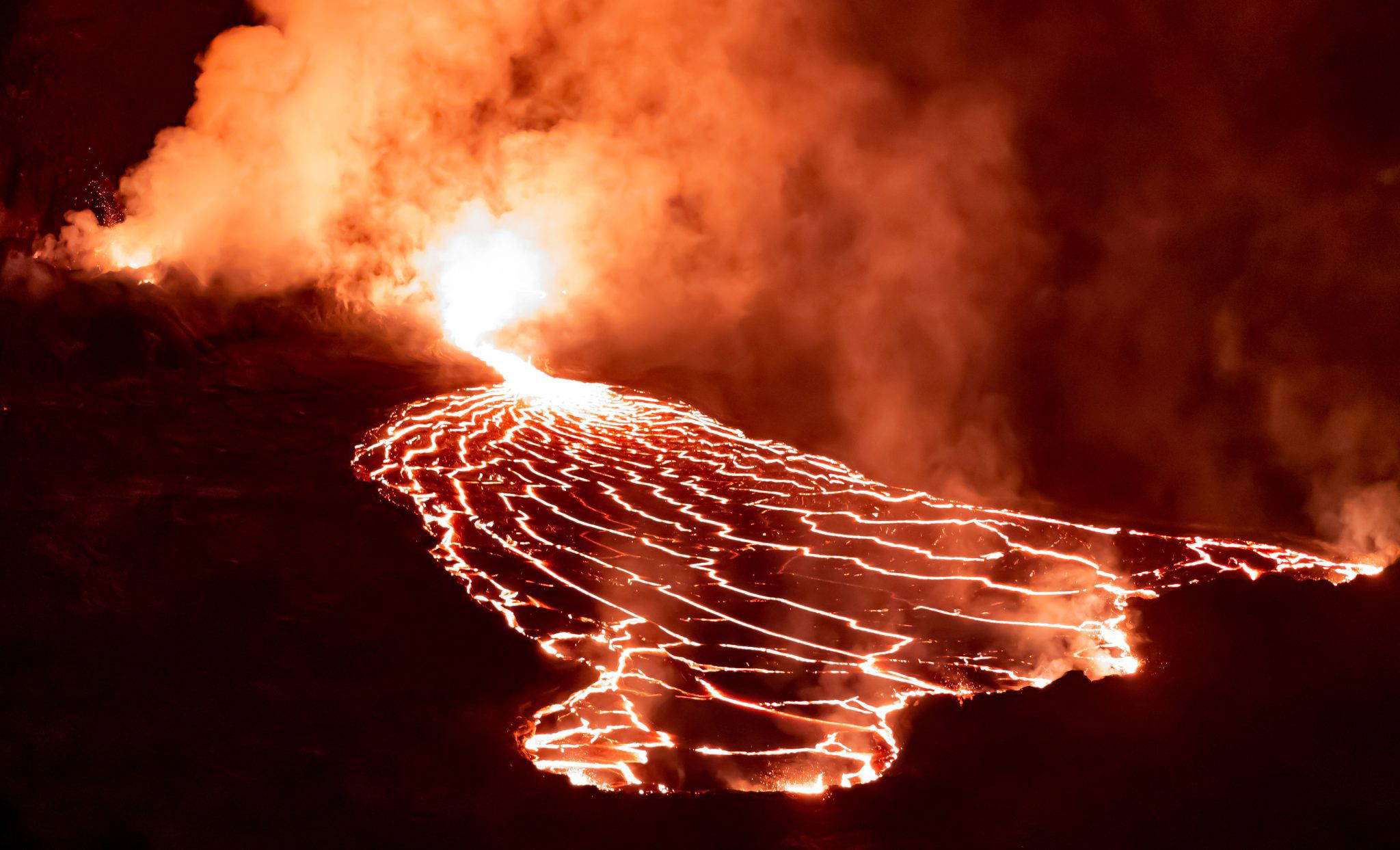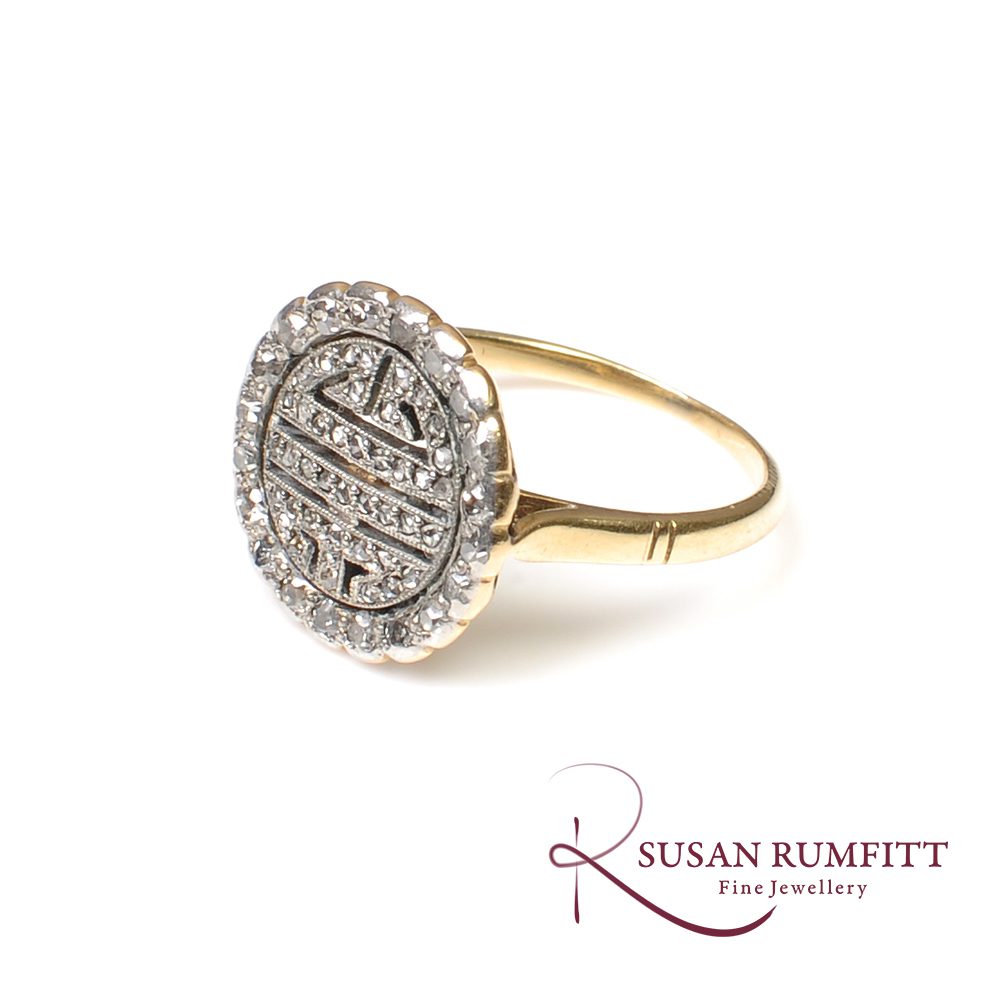Earlier this month De Beers shared details of their ‘Beating Heart’ diamond, a diamond within a diamond. This unusual 0.329ct diamond has an internal cavity holding another smaller diamond that is trapped but free to move around. To explain how this is possible let’s have a look at how diamonds are formed.
How are diamonds formed?
Composed solely of the element carbon, diamonds require very high temperatures and pressures to form. Outside of these conditions the very tightly-packed covalent bonds which create diamond’s crystal structure can’t form and instead results in graphite. Diamonds are the hardest natural substance, whereas graphite is a very soft substance which we can see when we draw a pencil ‘lead’ across paper leaving a visible line of graphite behind. It’s the difference in the three-dimensional pattern of atoms and the type of bonds holding them in position that give these two substances such contrasting physical properties.
At depths between 130km and 180km below the thickest parts of the earth’s continental crust, the pressure is at least 45,000 times the earth’s atmospheric pressure and the molten magma is a constant 1,000-1,300°C. Here, more than 3 billion years ago, diamonds formed from the carbon already present in the magma. It’s believed a vast store of diamonds exists in this stable environment, with only a small percentage brought near enough to the surface to be mined.
Diamonds also form when the oceanic crust descends under a craton, the oldest and thickest parts of the continental crust. Carbon from ancient oceanic organisms converts into graphite as the oceanic crust descends. If the crust descends more than 180km directly below a craton the temperature can reach around 1,250°C and up to 60kbar of pressure, causing the graphite to form the more compact covalent bonds and converting it to diamond. Examples of these diamonds have been dated at between 900 and 1,580 million years old, although it is possible that more are being formed at this moment.
Diamonds forming on the edge of these temperature and pressure ranges may be of poor quality as the atomic structure is unable to form perfectly. When diamonds move out of these ranges, out from beneath a craton and into the hotter magma beneath the rest of the earth’s crust, the temperature without the high pressure would be sufficient to break the atomic bonds, and the diamond would convert to graphite. Therefore, in order for a diamond to be mined it needs to reach the surface rapidly: it needs a volcano.
Volcanoes
Unfortunately, most volcanoes don’t transport glittering diamonds to the surface as they form at the edge of tectonic plates where the magma contains no diamonds. The magma must come from or below the diamondiferous region below the ancient cratons, an event that does not happen often. It’s likely that the last activity to bring gem quality diamonds to the surface took place millions of years ago.
One of the reasons that this type of volcanic activity is so rare is that the magma must force its way up through the thick and compacted cratons. Another reason is that it must transport the diamond to the surface quickly, travelling more than 150km in a few hours. Should the ascent take longer, the drop in pressure causes the hot diamond to turn in to graphite, or the corrosive liquids and gasses in the magma will attack the diamond whilst it is unstable. Once cooled, diamonds are tough and resistant to chemical and physical attack as the energy needed to overcome the strong atomic bonds is nor readily found. However, heating to temperatures of 650°C in the presence of oxygen will burn your precious gem.
Naturally forming as an octahedron (imagine two four-sided pyramids with the square bottoms stuck together), diamond crystals frequently show evidence of the journey to the surface. Many are found as rounded dodecahedrons where the six sharp points of the octahedron have been corroded away to form extra crystal faces. One of the most common diamond crystal features are tiny triangular pits, often overlapping, called trigons, where the diamond face has been etched on its journey to the surface. Sometimes, the uncut diamond crystal faces can be found on a polished diamond, usually on the girdle, where the diamond cutter has kept as much of the diamond weight as possible whilst still achieving perfect proportions. Occasionally, trigons can be found on these uncut faces, giving incontrovertible proof of the diamond’s natural origin and its journey to the surface.
So how did the ‘Beating Heart’ diamond form?
De Beers’ initial conclusion is that after the small internal diamond was formed, possibly moving out of ideal conditions, it was coated with a layer of poor quality, fibrous diamond. Later, this too was coated by a further layer of gem quality diamond. During its journey to the surface of the earth the corrosive magma etched the softer, poor-quality diamond away, a theory supported by the presence of etch marks on both the outer and inner diamond, leaving the core diamond trapped but moving inside. The ‘Beating Heart’ will be remain unpolished and be kept for further research.
Diamonds at Susan Rumfitt Fine Jewellery
Our stunning collection of diamonds in our gallery in Harrogate includes the following:
Take a look at the selection of diamonds in our gallery here or book an appointment by emailing us at contact@susanrumfitt.com








